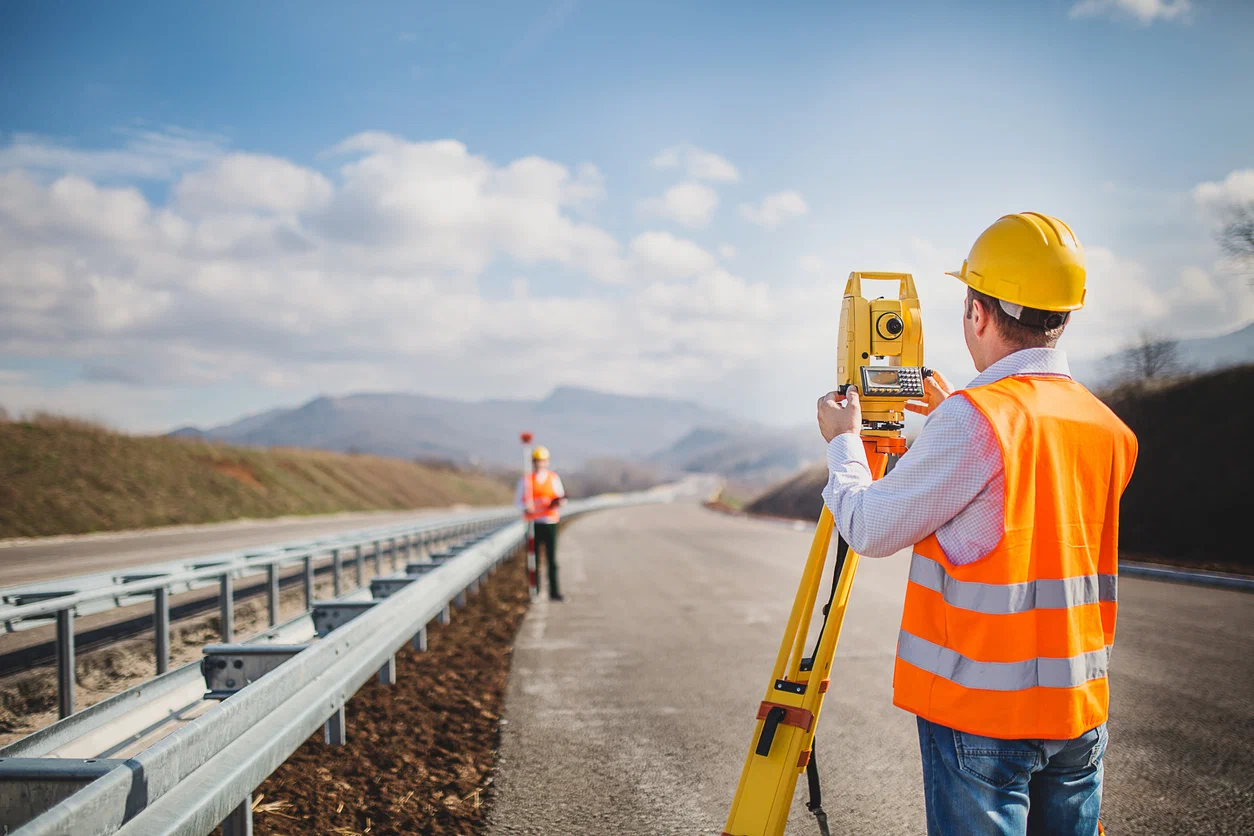Topographic surveys are the most important method to be able to understand an allotment of ground, showing detailed elevation information, and natural, and man-made features. These have high applicability in construction, land development, and many other projects. The information a topographic surveyor can offer is integral in ascertaining that projects are set and executed with precision to avoid inappropriate mistakes later on.
In this article, we will first address the basics of a topographic survey, tools, and methods used by surveyors, and professional solutions that truly have significant value to your project.
What is a Topographic Survey
A topographic survey is a detailed study of the shape and features of a land area, measuring its elevation and graphing natural as well as man-made elements, such as hills, rivers, trees, buildings, and roads. The result of such a survey usually takes the form of a map or a 3D model, giving an unobstructed picture of the land’s surface.
Topographic surveys have a range of applications such as:
- Construction planning
- Land development
- Environmental impact studies
- Landscaping
- Design and development of roads and infrastructure
A topographic map is more than just a flat map. It indicates the variation in the height of the land. This becomes vital for engineers, architects, and builders to prepare structures that work with the land rather than against it.
Who is a Topographic Surveyor
A topographic surveyor specializes in the measurement of land with the purpose of creating topographic maps. They operate with advanced tools such as GPS, total stations, and drones to gain the exact details about the land. Ultimately, the surveyor works to record every important detail of the land for proper planning and decision-making of a construction or land development project.
Topographic surveyors carry out a significant number of projects; everything from small residential developments to large industrial or urban developments. Their work is very important because even tiny measuring errors when setting out land can cause huge problems, such as structural failure or safety hazards while constructing.
Why is the topographic survey important
There are a few good reasons why topographic surveys are important:
Accurate Planning
Understanding the landscape and the features is then more significant in proper planning. A topographical survey will give crucial information regarding the shape of the land, and engineers and architects may, therefore, design buildings or infrastructure that fits the given land. In case this is not done, one might just happen to make some mistakes that might then lead to delay or cost more.
Identification of Land Features
A topographical survey may bring out the natural and man-made features that one may just not look at and see. For example, a water source might have been hidden, and underground utilities or flood-prone areas may also be presented. Knowing all this in advance helps planners avoid problems when the construction is being done.
Avoid Legal and Regulatory Issues
Quite a several regions have local regulations requiring a topographic survey before actually beginning construction. This means the accuracy of a survey will show that a project adheres to zoning laws and environmental guidelines. It saves one from fines or court cases in the long run.
Ensure Safe Construction
Topographic surveys would provide information that would ensure safe construction. For example, knowing the slope of the land prevents them from piling buildings in areas prone to landslides. The survey can also show areas that might be prone to erosion or even flooding, giving planners a possible hazard that they may want to avoid.
Cost Efficiency
Topographic surveys can help save time and money as problems are identified early enough in the construction of a building. Early detection helps to plan, thus reducing incidents of expensive mistakes during building construction.
How is a Topographic Survey Conducted
Conducting a topographic survey is composed of several steps. The details included in every step ensure that the acquired data are accurate and reliable. Here is a simple breakdown of the process:
Planning the Survey
The first step is planning. The surveyor meets with the project team to discuss the area to be surveyed and what features are to be measured in detail. This will ensure that the survey will provide enough information for the project.
Fieldwork
After all, the plan is laid, and afterward, the surveyor starts gathering data. A person applies GPS, total stations, and drones to measure the characteristic features of land. It takes a couple of hours to several days, depending on the size and complexity of the land.
Data Processing
Special software is used to process the collected data. The software helps transform raw data into a topographic map or 3D model. It clearly shows the shape, elevation, and features of the land.
Delivering the Results
The final step is making the topographic map available to the project team. This map will be used during the planning and designing of the project to facilitate a convenient choice and decision by engineers, architects, and builders.
Applications of Topographic Surveys
Topographic surveys are very important in diverse industries, like:
Construction: A topographic survey has to be done before any structure is built to ensure that the building is safe and not misaligned with the land.
Urban Development: Topographic surveys have proved very significant in city planning, particularly in the development of fresh roads, parks, and housing development.
Environmental Studies: Scientists use topographic surveys for the study of landforms, tracking changes in the environment, and managing natural resources.
Mining and Quarrying: Topographic surveys help determine the best sites to dig for minerals or other resources.
Agriculture: Farmers use topographic surveys for the development of irrigation systems, thus ensuring that their fields are suitable for planting.
Why Professional Topographic Survey Solutions Benefit You
There are so many reasons why the survey process should not be outsourced to amateurs. First, professionals take topographic surveys with all the tools and experience needed when collecting data. This data will then be used in developing detailed maps that various stakeholders can use confidently on any form of construction, planning, or development.
Conclusion
Thus, professional topographic survey solutions will ensure that you start with the right information. Accurate topographic data is indispensable for making informed decisions and taking control to avoid unanticipated problems from construction to land development.
In summary, a topographic survey is the whole package that forms any land-based construction project. It offers crucial details for safer and more efficient planning and building. With proficient experts working on your project, you can be sure of a sound foundation right from the start.


